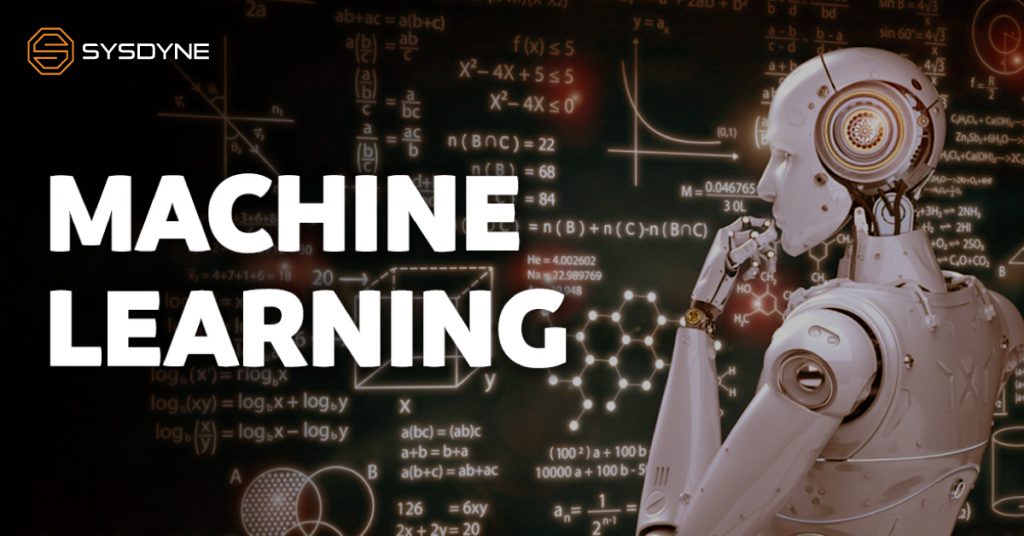AI in Construction: How To Use It and How Not To Use It
Artificial Intelligence, or algorithms that mimic the behavior of human brains, is revolutionizing the construction industry. Technology innovations in the construction industry reduce costs, delays, and overruns, while autonomous equipment performs dangerous or difficult tasks for humans. Nevertheless, AI has limitations, and its ineffective use can lead to misperceptions. Here are some ways to make AI work for you.

Developing AI
A common misconception about artificial intelligence is that it can be designed to make decisions as effectively as a human does. It’s important to note that even humans cannot make decisions the moment they’re born. During childhood (and as their brains develop), children learn from the experiences, situations, and environments they encounter. Machine learning is the process of teaching a system or algorithm how to make decisions based on correlations that the system identifies after looking at hundreds or thousands of examples.
Analogous to the development of human brains, as the algorithm sees more examples, it becomes better at deciding which examples are relevant to reach a conclusion. With time, humans learn that, given the right actions and variables, the right outcome will be attained – and that, if those actions and variables are repeated, the same result will be achieved. In machine learning, this process is known as supervised learning. If the outcome may not be known, the brain can make an educated guess based on similar past experiences, which is known as unsupervised learning.
Unknowingly, people learn by observing thousands of different examples every day. Brains can make critical connections and predict how to handle similar situations if they occur again. The human brain is an amazing organ that begins learning before birth and continues to do so until death.
Ordinary Misconceptions
Many people think AI is a magical box that solves any problem instantly. That could theoretically be true. But to achieve that result, as with humans, baby steps must be taken in order to get there.
Leaders at most companies are challenged with complex problems that they would love to solve, and believe that the only way to do that is with artificial intelligence. Without understanding how the data or people will be used, they begin collecting massive amounts of data. However, throwing a lot of people, money, and data at a problem will not result in an effective solution. Children can’t solve complex problems until they understand the basics, and artificial intelligence faces the same challenge. The process needs to begin with the basics and, after mastering them, move on to the more complex problems.
It is often claimed that AI companies in construction can avoid delays and overruns, guaranteeing projects’ success. Most often, they fail to perform the essential first step of cataloging and validating their data. In the same way that a human relies on past experiences, an AI system or algorithm, if the data is of low quality, the results will match.
Essentially, garbage in, garbage out. Construction projects that overrun and experience delays become overly optimistic (compressed) and inaccurate, which also causes AI predictions to be overly optimistic and inaccurate. Before taking advantage of artificial intelligence, a company needs to assess the data, set milestones that detail what data is needed and what the expected outcome is. Once these parameters have been established, milestones can be tracked. In addition, AI solutions and algorithms can be evaluated periodically and systematically to find out early on if AI is the best solution for complex issues.
Humans and AI
The construction industry is going to continue to be transformed by AI. However, companies need to utilize the real-world experience of construction professionals to understand the data they have before completely replacing the human element. If you throw a lot of data at an algorithm, you will likely end up searching for a needle in a haystack without even knowing what a needle looks like. It’s better for companies to build AI systems over time rather than take such ineffective and costly approaches to AI.
Link to Original Article by Construction Executive

